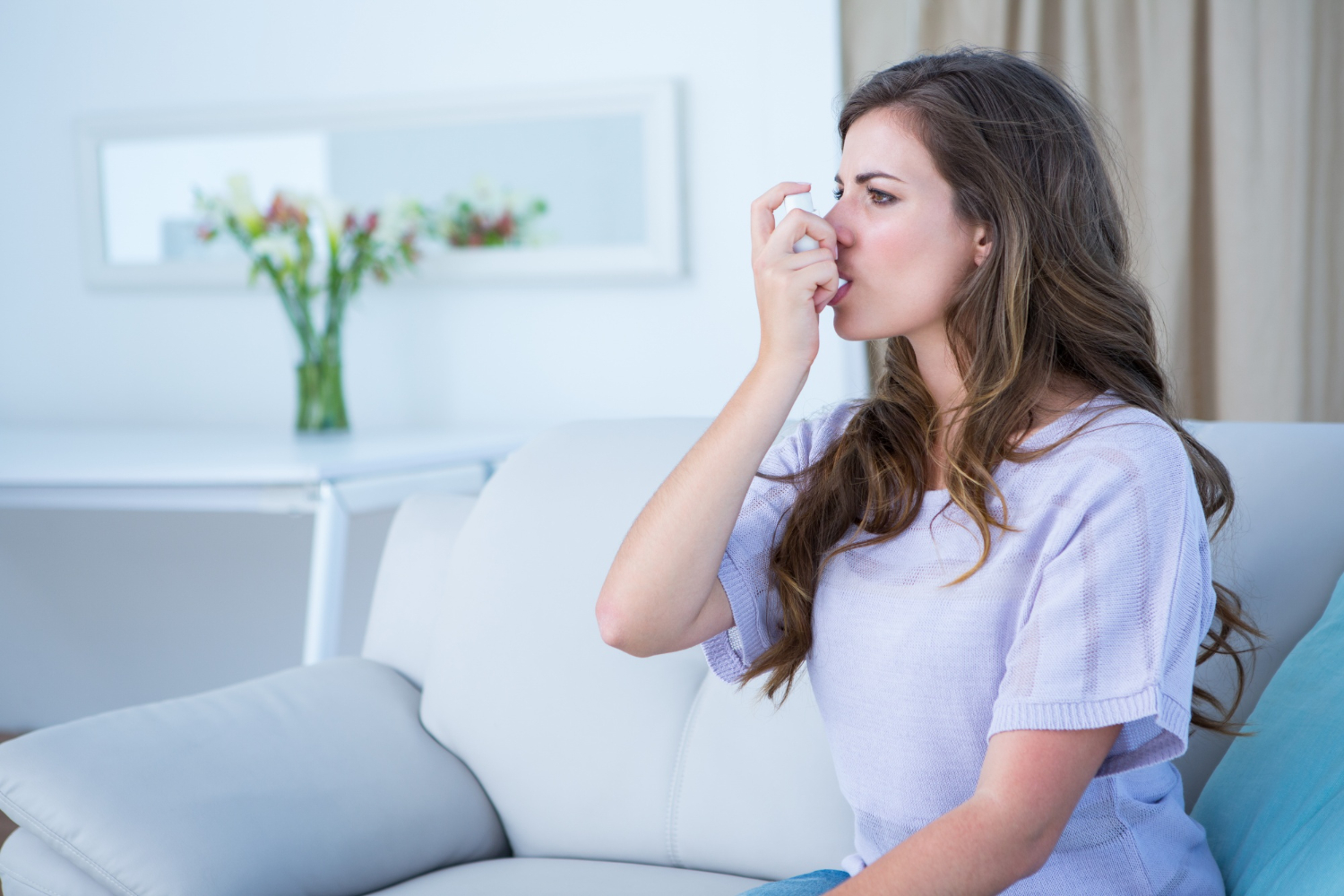
It can get very challenging when you’re diagnosed with chronic obstructive pulmonary disease (COPD). You become vulnerable to more respiratory infections, gasp for air in the morning, and exercising becomes harder. Taking good care of your health, making lifestyle changes can help manage your COPD symptoms and improve your quality of life.
Identifying COPD:
Chronic obstructive pulmonary disease (COPD) is a medical term for two lung disorders: chronic bronchitis and emphysema. COPD leads to the obstruction of airflow from the lungs that causes recurrent cough and shortness of breath. It is estimated that about 16 million people in the United States have COPD.
COPD occurs when the inflammation and narrowing of airways cause the air to get trapped in the chest, and as a result, air cannot move in or out of the lungs. This makes it difficult for the lungs to get rid of carbon dioxide and take enough oxygen. COPD includes:
1. Chronic Bronchitis:
Chronic bronchitis results in the build-up of mucus due to the long-term inflammation of bronchial tubes. Phlegm and sputum production are common in this condition [1].
2. Emphysema:
This condition causes gradual destruction of the alveoli (air sacs) and compromises their ability to transport oxygen to the bloodstream. Breakdown of the air sacs causes the outward airflow to trap in the lungs, resulting in impaired breathing [2].
Living Well With COPD:
You can enjoy a good life with COPD by taking good care of the respiratory system. Here are the following things you can do to manage COPD:
1. Protect Your Lungs: Since your lungs become weak with COPD, it is important to avoid anything, such as smoke, dust, or car exhausts, that damages your lungs.
2. Quit Smoking: Cigarette smoke can impair breathing by damaging your lungs. Quitting smoking prevents further damage to your lungs.
3. Exercise Regularly: The right type and amount of exercise strengthens your lungs and eases breathing.
4. Monitor Air Quality: Staying active is important, but staying safe from air pollution or chemicals is even more crucial. You should check outdoor air quality because sometimes, harmful chemicals linger in the air on hot and sunny days.
Treatment Options For COPD:
Your healthcare provider can recommend you the following treatment options depending on the causes and symptoms:
1. Medications: Inhaled bronchodilators, theophylline, antivirals & antibiotics, phosphodiesterase-4 inhibitors, and corticosteroids are some medications for alleviating COPD symptoms. It is important to note when and how to use the medications.
2. Oxygen Therapy: Severe COPD results in low O2 saturation, resulting in impaired breathing. Supplemental oxygen, supplied with a mask or nasal cannula, can control the condition and ease breathing.
3. Pulmonary Rehabilitation: Pulmonary rehabilitation is an effective way to help people better manage COPD symptoms. This includes education, exercise, and support to control the impact of COPD [3].
Conclusion:
If you have COPD, it doesn’t mean you feel deprived and cannot enjoy a healthy life. There are many ways that can help you manage COPD symptoms. Some healthy ways include quitting smoking, protecting your lungs from harmful chemicals, exercising, and taking care of your nutrition.
References:
- Kim V, Criner GJ. Chronic bronchitis and chronic obstructive pulmonary disease. Am J Respir Crit Care Med 2013;187:228–37. https://doi.org/10.1164/rccm.201210-1843CI.
- Taraseviciene-Stewart L, Voelkel NF. Molecular pathogenesis of emphysema. J Clin Invest 2008;118:394–402. https://doi.org/10.1172/JCI31811.
Price D, Freeman D, Cleland J, Kaplan A, Cerasoli F. Earlier diagnosis and earlier treatment of COPD in primary care. Prim Care Respir J 2011;20:15–22. https://doi.org/10.4104/pcrj.2010.00060.
Visit Our Office
Location
2940 FM-2920 Suite#150
Spring, TX 77388
Fax: (281) 730-5919
Hours
Monday – Thursday
8:00am – 5:00pm
Friday
8:00am – 1:00pm
Saturday/Sunday
CLOSED
Visit Our Office
Location
2940 FM-2920 Suite#150
Spring, TX 77388
Fax: (281) 730-5919
Hours
Monday – Thursday
8:00am – 5:00pm
Friday
8:00am – 1:00pm
Saturday/Sunday
CLOSED

